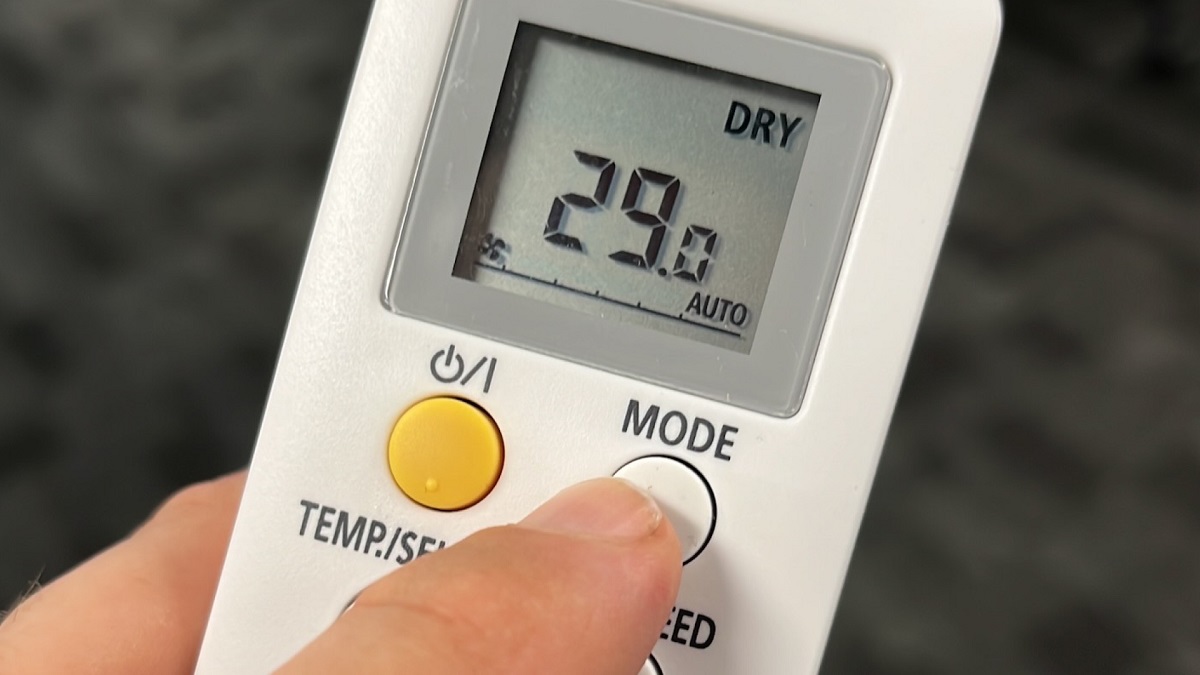

Articles
What Is Dry Setting On AC
Modified: March 25, 2024
Learn about the dry setting on AC units with our informative articles. Discover how this feature helps remove excess humidity for enhanced comfort and energy efficiency.
(Many of the links in this article redirect to a specific reviewed product. Your purchase of these products through affiliate links helps to generate commission for Storables.com, at no extra cost. Learn more)
Introduction
Welcome to our comprehensive guide on the dry setting feature in air conditioning units. In this article, we will explore what dry setting is, how it works, its benefits, limitations, and offer tips for using it effectively. Whether you are a homeowner looking to optimize your AC usage or an HVAC professional seeking to understand this feature better, this article is here to provide you with all the information you need.
During the scorching summer months, air conditioning becomes a vital component of our everyday lives. It not only provides relief from the heat but also helps maintain a comfortable indoor environment. Most modern AC units come equipped with various settings that allow us to customize our cooling experience to suit our preferences.
One such setting that often sparks curiosity is the dry setting. While many people may be familiar with the cooling and fan modes, the dry setting is relatively less understood. However, understanding this feature can prove beneficial, especially in humid climates or during periods of excessive moisture.
In the following sections, we will delve into the details of the dry setting feature and uncover its functionalities and advantages. So, let’s get started and explore the world of dry setting on AC units!
Key Takeaways:
- The dry setting on AC units effectively reduces humidity, preventing mold growth and creating a more comfortable indoor environment. It offers energy efficiency and better air quality, making it a valuable feature for maintaining optimal humidity levels.
- To maximize the effectiveness of the dry setting, consider setting the desired humidity level, ensuring proper insulation and airflow, and using fans in combination with the setting. Monitoring outdoor humidity and performing regular maintenance are also crucial for effective moisture control.
Read more: How To Dry Floral Arrangements
Definition of Dry Setting on AC
The dry setting, also known as the dehumidification mode, is a feature found in many modern air conditioning units. It is designed to reduce the humidity levels in a room or space without significantly cooling it down. Unlike the cooling mode that focuses primarily on lowering the temperature, the dry setting prioritizes moisture removal.
When activated, the AC unit operates at a lower fan speed and adjusts the temperature and humidity levels accordingly. The dehumidification process involves the condensation of moisture from the air, which is then collected and drained out of the unit.
The dry setting is particularly useful in areas with high humidity levels, as excessive moisture in the air can lead to discomfort, mold growth, and musty smells. By extracting moisture from the environment, the dry setting helps create a more comfortable living or working space.
It’s important to note that the dry setting is not a substitute for a dedicated dehumidifier, especially in extremely humid conditions. However, for moderately humid environments, it can provide a convenient and energy-efficient solution for maintaining optimal humidity levels.
How Does Dry Setting Work?
The dry setting on an AC unit works by controlling the fan speed, temperature, and humidity levels to achieve optimal moisture removal. When you activate the dry setting, the AC unit adjusts its operation to prioritize dehumidification over cooling.
Here’s a breakdown of how the dry setting works:
- Lower Fan Speed: When in dry mode, the AC unit usually operates at a lower fan speed compared to the cooling mode. This slower fan speed allows the air to remain in contact with the evaporator coils for a longer time, promoting more effective moisture removal.
- Temperature Regulation: While the main focus of the dry setting is moisture removal, the AC unit will still maintain a target temperature to ensure a comfortable indoor environment. However, unlike the cooling mode, the temperature drop may be less significant to prevent overcooling.
- Humidity Control: The central goal of the dry setting is to control humidity levels in the room. The AC unit achieves this by running the air through the evaporator coils, which are cooler than the dew point temperature. As a result, the moisture in the air condenses on the coils, forming droplets. These droplets are collected in a pan or drain system and then expelled from the unit.
- Automatic Cycling: In some AC units, the dry setting may automatically cycle on and off based on the humidity levels in the room. When the desired humidity level is reached, the unit will temporarily pause the dehumidification process until the humidity rises again. This cycling helps maintain a consistent humidity level without excessive energy consumption.
It’s important to note that the effectiveness of the dry setting can vary depending on the specific AC unit and the environmental conditions. Factors such as room size, insulation, outdoor humidity, and airflow can all impact the performance of the dehumidification process.
Overall, the dry setting provides a convenient and efficient way to reduce humidity levels within a room or space, making it more comfortable and preventing potential issues associated with excessive moisture.
Benefits of Using Dry Setting on AC
The dry setting on an AC unit offers several benefits that make it a valuable feature to consider. Let’s explore some of the advantages of using the dry setting below:
- Moisture Control: The primary benefit of the dry setting is its ability to effectively control and reduce moisture levels in the air. This is particularly useful in humid climates or during periods of increased humidity. By removing excess moisture, the dry setting helps create a more comfortable indoor environment and reduces the likelihood of mold growth, musty odors, and damage to furniture or electronics caused by humidity.
- Energy Efficiency: Since the dry setting primarily focuses on dehumidification rather than intense cooling, it can be more energy-efficient compared to running the AC unit in the cooling mode. By using the dry setting, you can save energy while still maintaining a comfortable level of humidity in your space. This can result in lower energy bills and reduced environmental impact.
- Flexibility: The dry setting provides flexibility in terms of setting the desired level of humidity. Most units allow you to adjust the target humidity level to suit your preference. This customization allows you to create an ideal environment based on the specific humidity requirements of your space.
- Comfort Enhancement: High humidity levels can often make a room feel sticky and uncomfortable. By utilizing the dry setting, you can achieve a drier and more pleasant indoor environment. This can be especially beneficial during the hot summer months when humidity levels are typically higher.
- Better Air Quality: Excess moisture in the air can contribute to the growth of mold, mildew, and bacteria, leading to reduced air quality. The dry setting helps to combat these issues by removing moisture, reducing the likelihood of allergens and pollutants thriving in your space. This can be particularly beneficial for individuals with respiratory conditions or allergies.
Overall, the dry setting on AC units offers multiple advantages, including moisture control, energy efficiency, flexibility, improved comfort, and better air quality. By utilizing this feature, you can create a healthier, more comfortable indoor environment while conserving energy and reducing potential issues associated with excess humidity.
The dry setting on an AC removes excess humidity from the air without overcooling the room, making it ideal for humid but not overly hot conditions. It can help create a more comfortable indoor environment.
Limitations of Dry Setting on AC
While the dry setting on AC units offers many benefits, it also has certain limitations to be aware of. Understanding these limitations will help you make informed decisions when utilizing the dry setting. Let’s explore some of the key limitations below:
- Less Cooling Capacity: Unlike the cooling mode, which prioritizes temperature reduction, the dry setting focuses on dehumidification. As a result, the AC unit may have a reduced cooling capacity when in the dry setting. If your primary goal is to cool the room, you may not achieve the desired temperature decrease when using the dry mode.
- Slower Moisture Removal: Although the dry setting effectively removes moisture from the air, it may not be as efficient as a dedicated dehumidifier. If you live in an extremely humid climate or have persistent moisture issues, you may still require a separate dehumidifier for more effective moisture removal.
- Increased Energy Consumption: While the dry setting can be energy-efficient compared to running the AC unit in the cooling mode, it still consumes energy. The dehumidification process requires the AC unit to run for an extended duration, which can result in higher energy usage, especially if used continuously.
- Room Size Limitations: The effectiveness of the dry setting is influenced by the size of the room or space being treated. If the room is too large or has poor insulation, the AC unit may struggle to effectively dehumidify the whole area. In such cases, additional dehumidification methods may be necessary to achieve optimal results.
- Dependent on Environmental Factors: The performance of the dry setting is influenced by external factors such as outdoor humidity levels, airflow, and insulation. If the outdoor humidity is extremely high, it may be challenging for the AC unit to maintain the desired humidity level indoors. Additionally, poor airflow or inadequate insulation can hinder the effectiveness of the dehumidification process.
It’s essential to weigh these limitations against the benefits and consider the specific conditions of your space before relying solely on the dry setting. In some cases, a combination of the dry setting and other moisture control methods may be necessary to achieve optimal results.
By understanding the limitations and taking appropriate measures, you can make the most of the dry setting while mitigating any potential challenges.
Read more: How To Dry Polyester Tablecloths
Tips for Using Dry Setting Effectively
To maximize the effectiveness of the dry setting on your AC unit, consider the following tips:
- Set the Desired Humidity Level: Most AC units with a dry setting allow you to set the desired humidity level. Experiment with different humidity settings to find the right balance of comfort and moisture control for your space.
- Use in Moderate Humidity Conditions: The dry setting works best in moderately humid conditions. If the humidity is extremely high, a dedicated dehumidifier may be more effective in removing excess moisture.
- Ensure Proper Insulation: Good insulation helps maintain the desired humidity level in your space. Ensure that windows and doors are properly sealed to prevent moisture infiltration from the outside.
- Maintain Adequate Airflow: Proper airflow is essential for effective dehumidification. Make sure that vents and grills are unobstructed to allow for sufficient air circulation in the room.
- Use in Combination with Fans: Using fans along with the dry setting can help enhance air circulation and improve the overall moisture removal process. The fans will help distribute the dehumidified air more efficiently throughout the room.
- Plan for Regular Maintenance: Just like any other AC mode, the dry setting requires regular maintenance. Clean or replace filters as recommended by the manufacturer to ensure optimal performance and prevent any build-up that could hinder moisture removal.
- Consider Timer Settings: If your AC unit has a timer function, you can set it to activate the dry setting for a specific duration. This can be helpful in controlling energy usage and achieving the desired humidity level without running the unit continuously.
- Monitor Outdoor Humidity: Keep an eye on outdoor humidity levels, as they can affect the efficiency of the dry setting. On extremely humid days, it may be necessary to supplement the dry setting with other moisture control methods.
- Customize Based on Season: Adjust the dry setting settings based on seasonal changes in humidity levels. In more humid seasons, you may need to increase the dehumidification settings, while in drier seasons, you can decrease them to conserve energy.
By following these tips, you can make the most of the dry setting feature on your AC unit and ensure effective moisture control in your living or working space.
Conclusion
The dry setting on AC units provides a convenient and efficient way to control humidity levels and improve comfort in your living or working space. By prioritizing moisture removal, the dry setting helps reduce excessive humidity, prevent mold growth, and create a more pleasant indoor environment.
While the dry setting has its limitations, such as reduced cooling capacity and potential energy consumption, it offers several benefits that make it worth considering. From energy efficiency to better air quality, the dry setting can enhance your overall AC experience.
To use the dry setting effectively, it’s important to set the desired humidity level, ensure proper insulation and airflow, and consider using fans in combination with the setting for optimal moisture removal. It’s also helpful to monitor outdoor humidity levels and perform regular maintenance to keep your AC unit running smoothly.
Remember that the effectiveness of the dry setting depends on environmental factors and the specific conditions of your space. In some cases, additional moisture control methods, such as using a dehumidifier, may be necessary for more challenging humidity levels.
In conclusion, the dry setting is a valuable feature that can help you maintain a comfortable and healthy indoor environment by effectively controlling moisture levels. By understanding its functionalities, benefits, limitations, and implementing the tips mentioned in this article, you can make the most of the dry setting and enjoy a more comfortable living or working space.
Frequently Asked Questions about What Is Dry Setting On AC
Was this page helpful?
At Storables.com, we guarantee accurate and reliable information. Our content, validated by Expert Board Contributors, is crafted following stringent Editorial Policies. We're committed to providing you with well-researched, expert-backed insights for all your informational needs.
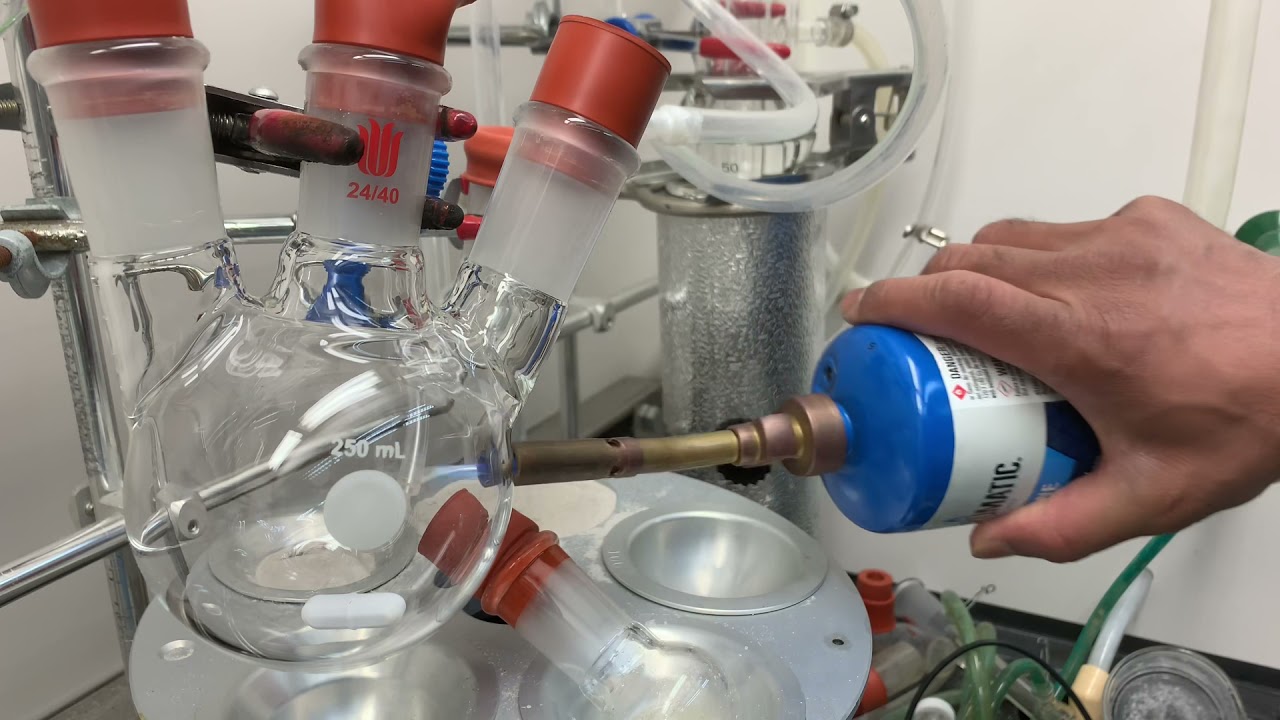


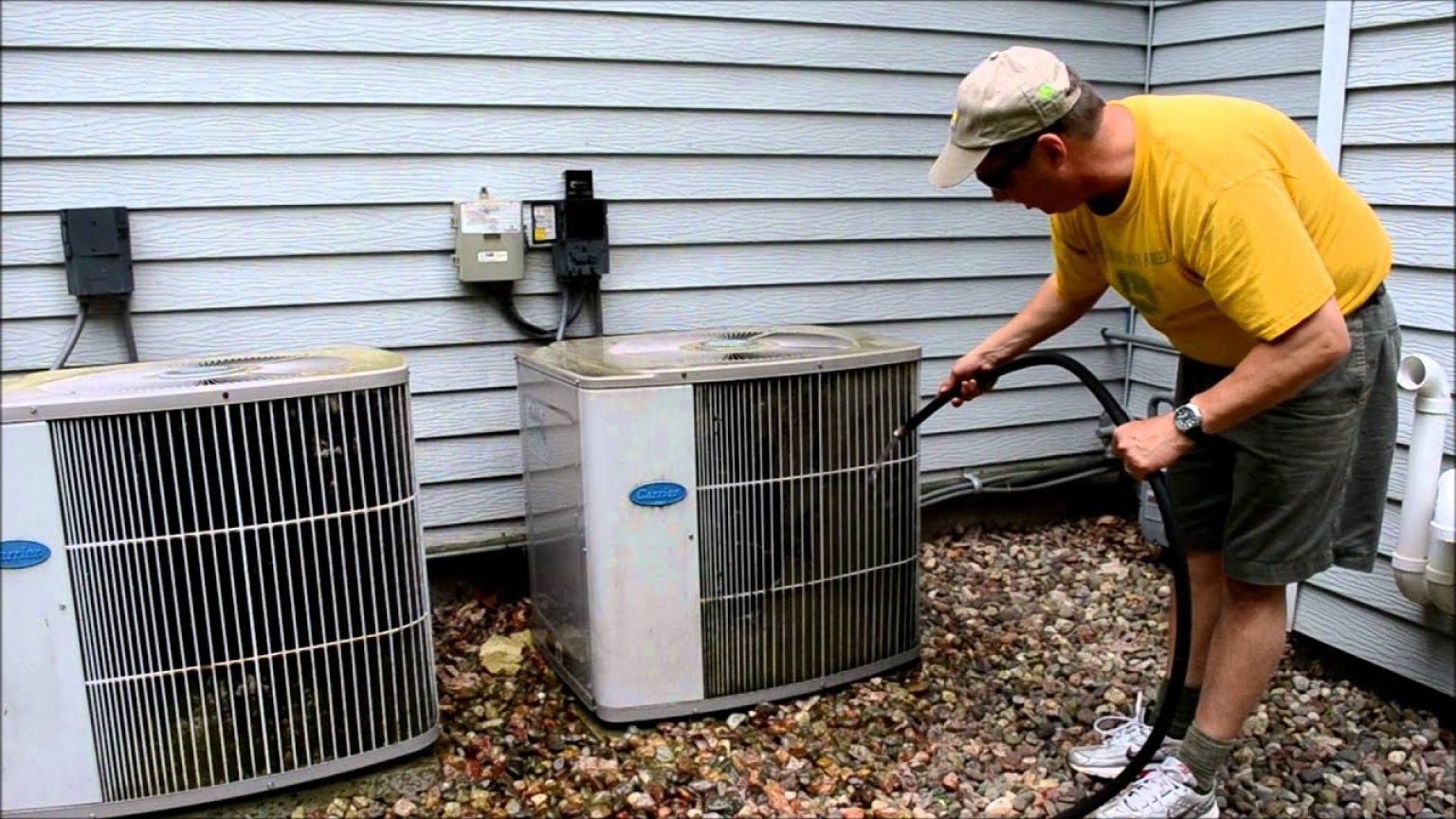
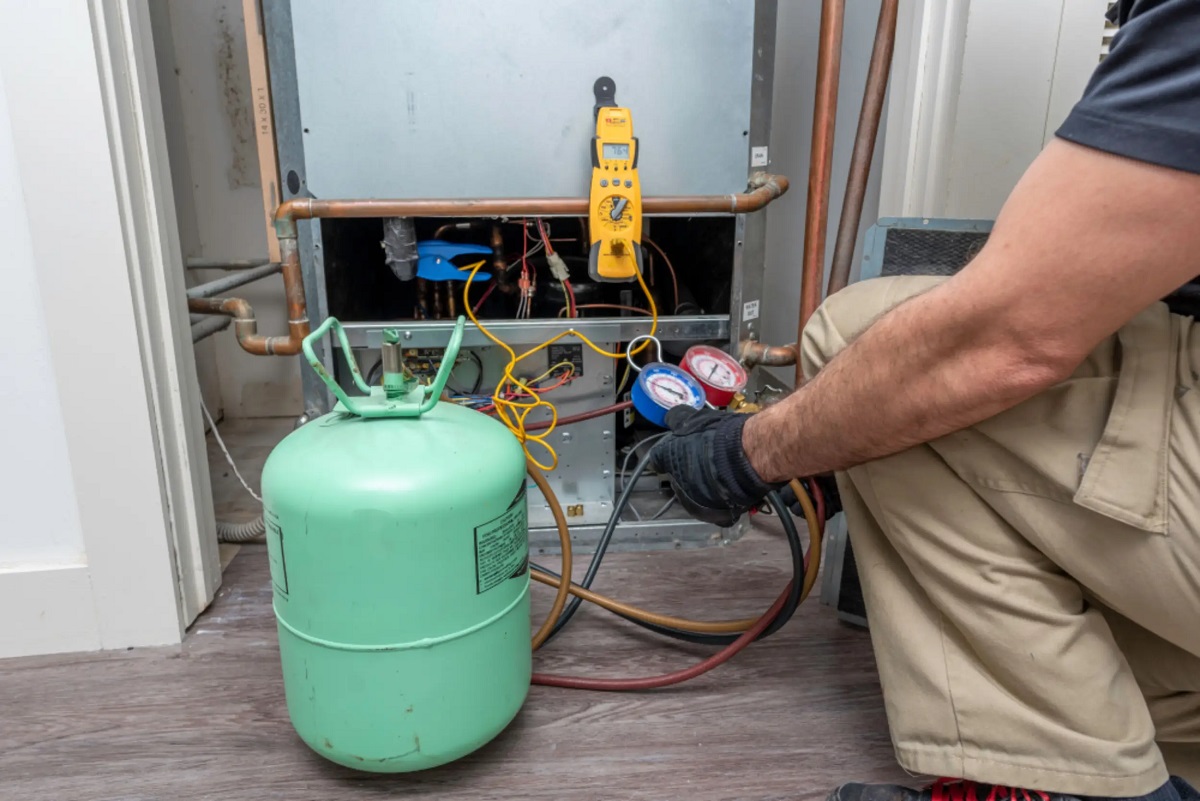
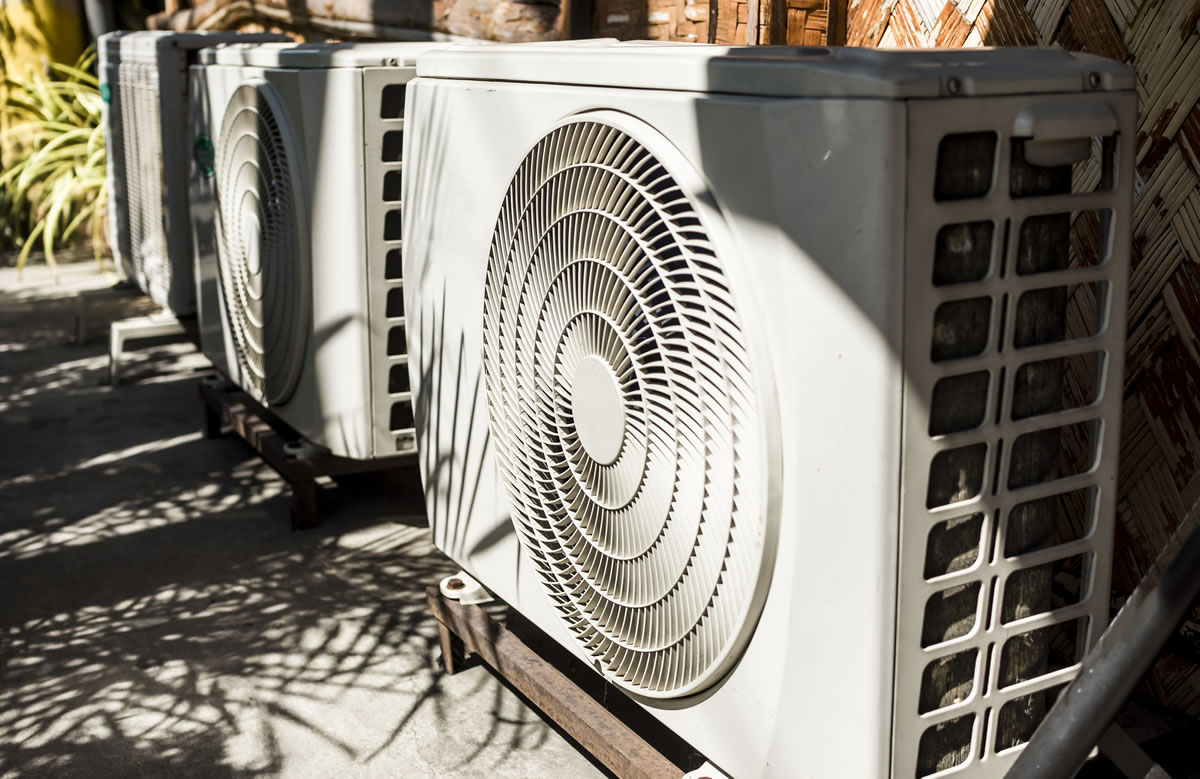

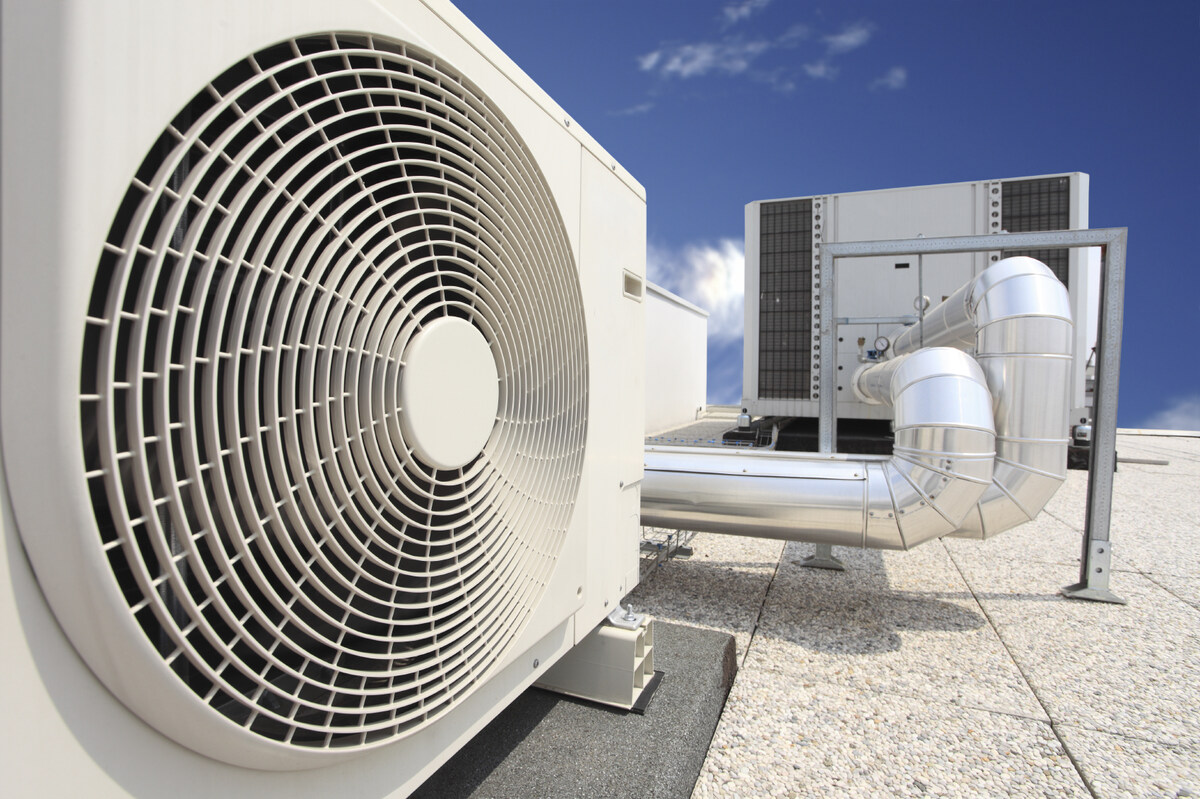
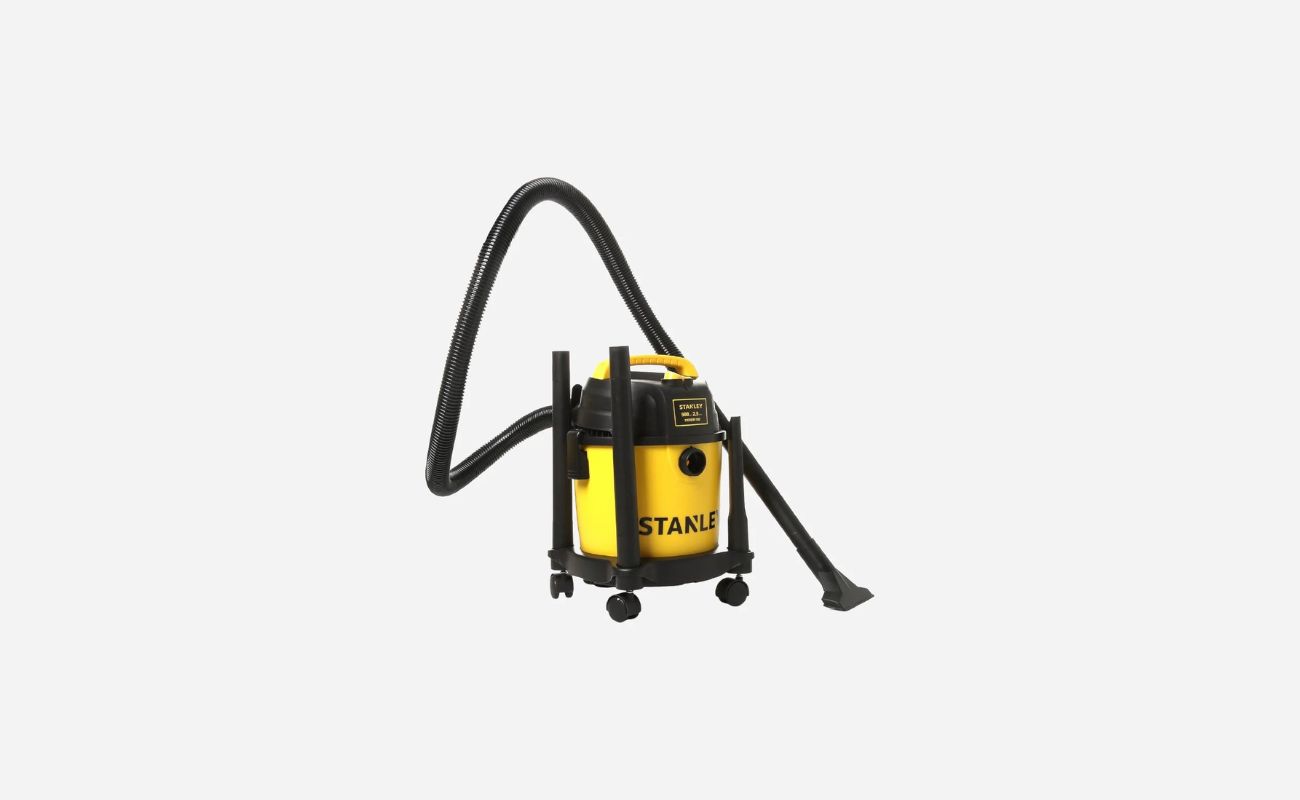

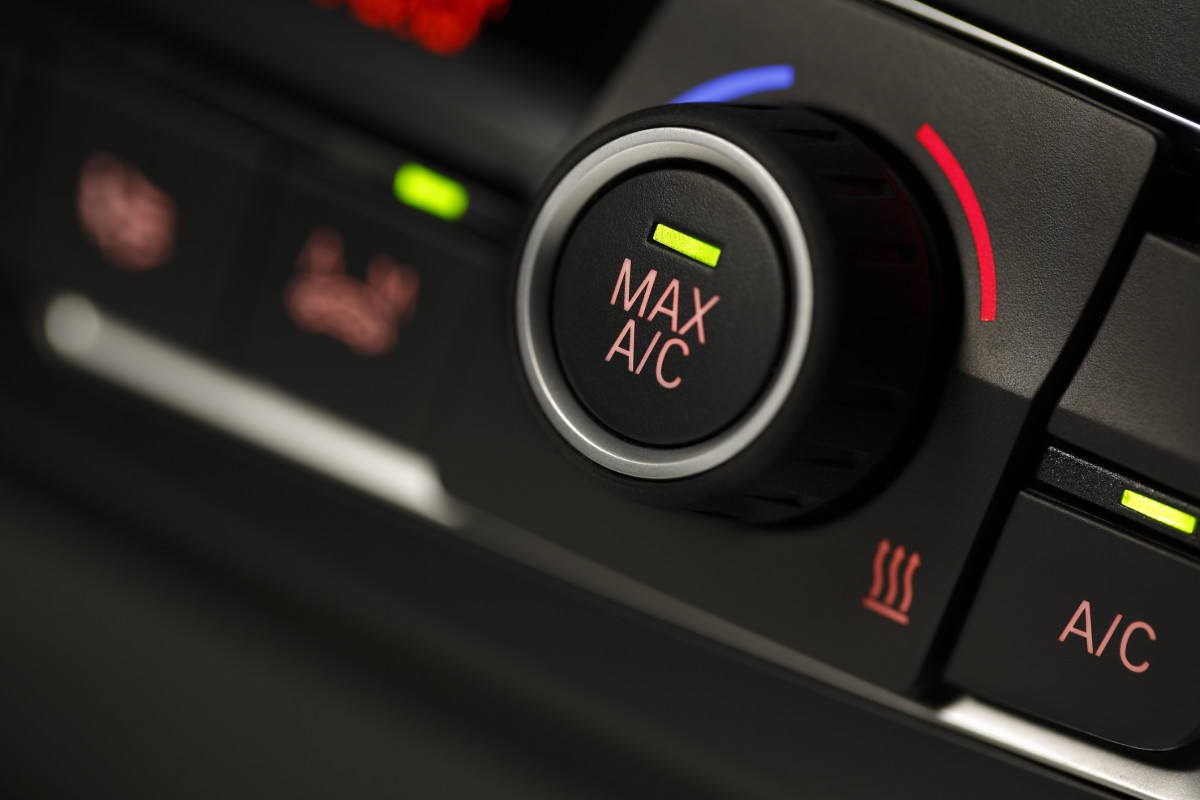
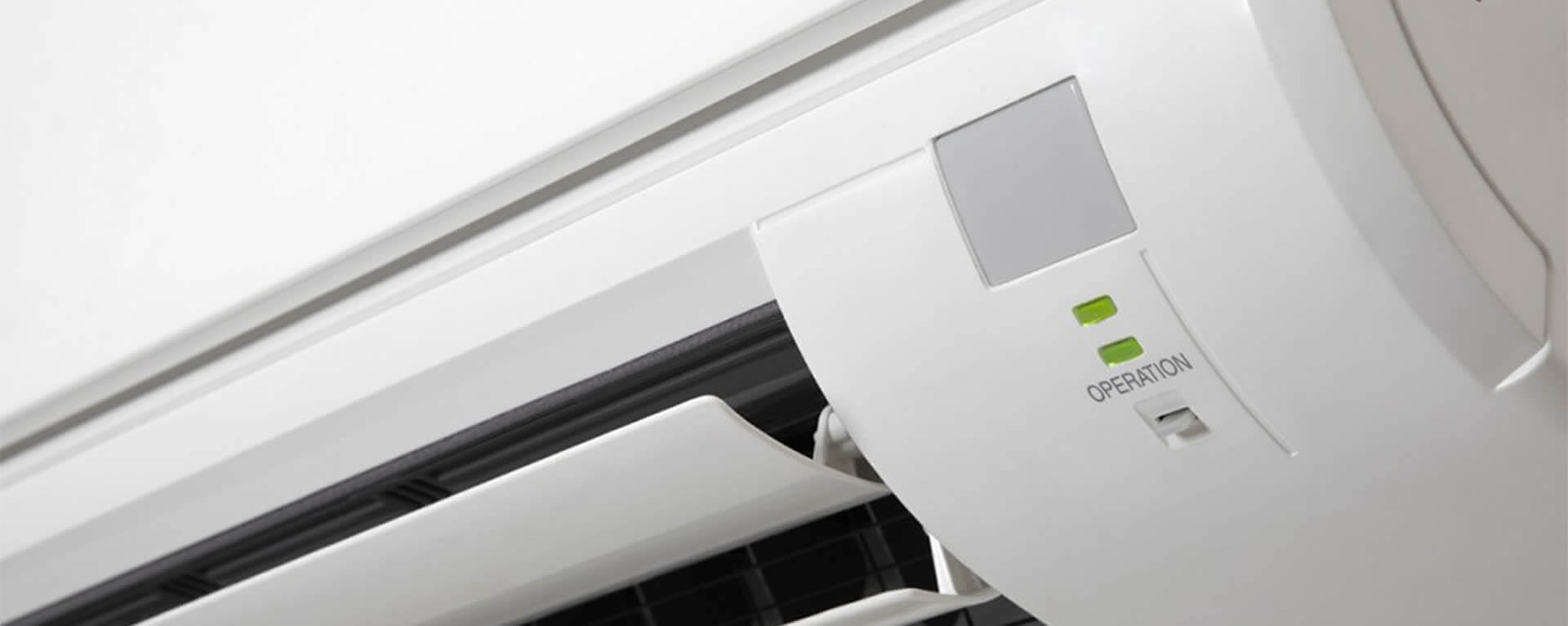
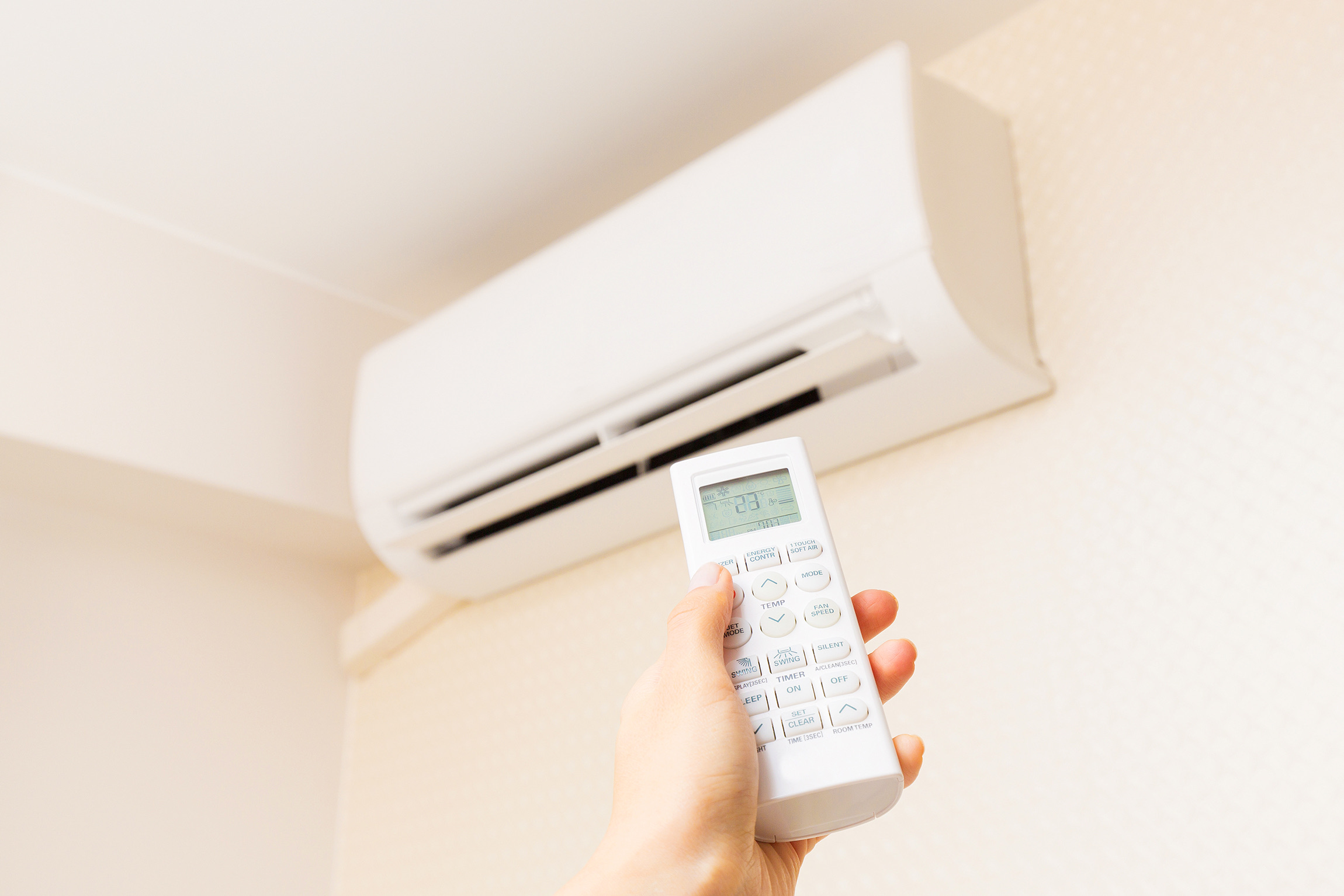
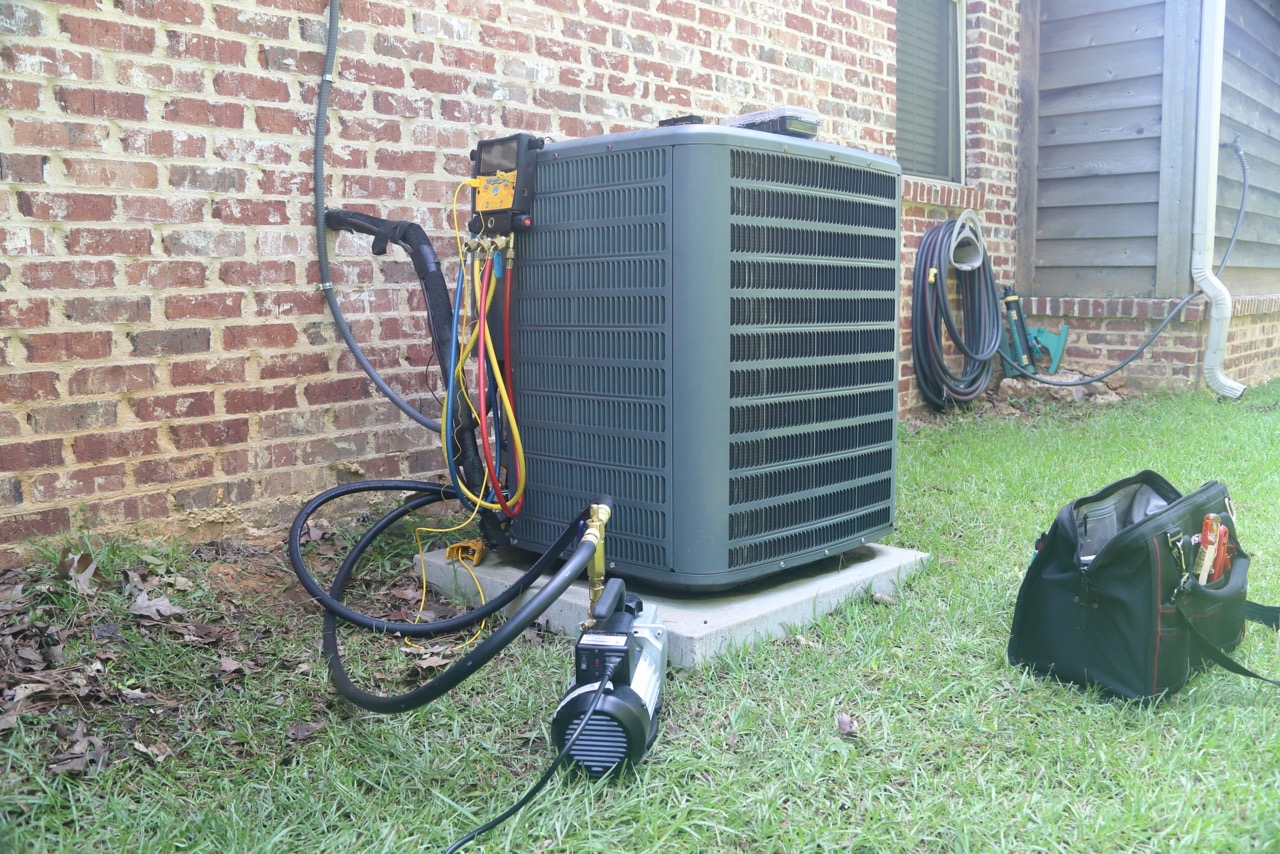

0 thoughts on “What Is Dry Setting On AC”